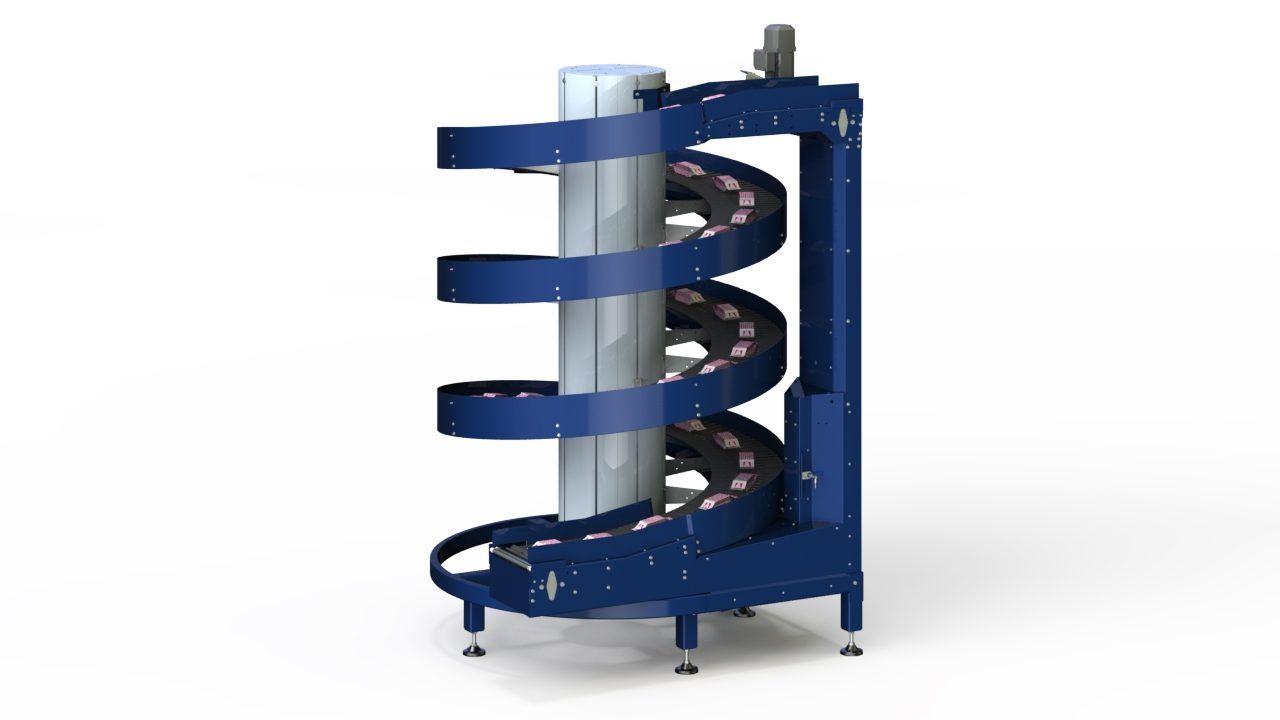
Portable conveyor systems are designed to provide flexibility and mobility in material handling tasks. These systems typically consist of lightweight conveyor units that can be easily transported and set up at different locations as needed. Here are some key features and uses of portable conveyor systems:

A spiral conveyor system is a type of vertical conveyor that transports materials or products between different levels of a facility in a spiral motion. Unlike traditional vertical conveyors, which move materials straight up and down, spiral conveyors use a helical or spiral-shaped track to convey items in a continuous upward or downward flow. Here are some key features and uses of spiral conveyor systems:


A telescopic conveyor system, also known as a telescoping conveyor or extendable conveyor, is a type of material handling equipment designed to extend or retract its length to reach different areas within a facility or to adapt to varying conveyor loading and unloading requirements. Here are some key features and uses of telescopic conveyor systems:

A telescopic conveyor system, also known as a telescoping conveyor or extendable conveyor, is a type of material handling equipment designed to extend or retract its length to reach different areas within a facility or to adapt to varying conveyor loading and unloading requirements. Here are some key features and uses of telescopic conveyor systems:


Belt conveyors are systems consisting of a belt that moves continuously between two or more pulleys. These conveyors are commonly used for transporting goods and materials horizontally, vertically, or at an inclined angle. They are versatile and can handle a wide range of products, from small items to large bulk materials.

Roller conveyors utilize rollers mounted on a series of frames to transport goods or materials. These rollers can be powered or non-powered and can move items manually or automatically. Roller conveyors are often used for material handling in warehouses, distribution centers, and manufacturing facilities. They are particularly useful for moving heavy or irregularly shaped items.
